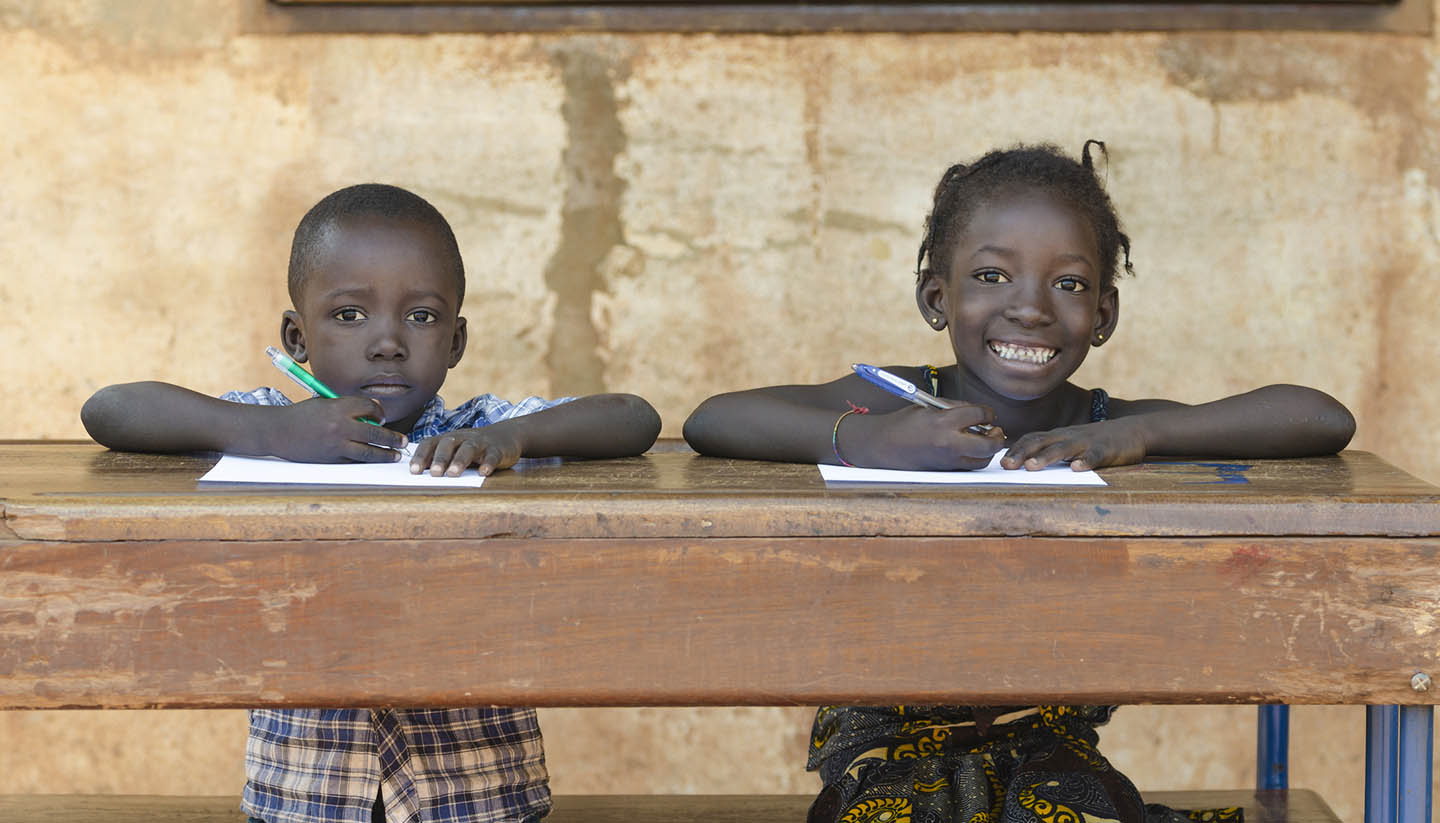Getting Around Mali
Air
There are no scheduled domestic flights.
Road
The main road runs from Sikasso in the south to Bamako, and to Mopti and Gao. Road and driving conditions are poor. Keep to the main roads, otherwise travel in convoy. Avoid travelling at night and be sure to consult official travel advice. Take particular care if driving in Bamako.
Stops at customs and police checkpoints are frequent on major roads.
Side of the road
RightRoad Quality
Roads in Mali range from moderate to very bad.
Between Mopti and Gao, travel can be difficult during the rainy season (mid-June to mid-September) when the Niger, at its confluence with the Bani, splits into a network of channels, and floods its banks to form the marshlands of the Macina.
Documentation
International Driving Permit recommended. Insurance and a carnet de passage are also needed. Ensure you carry your vehicle documents and passport at all times when driving.
Urban travel
Collective taxis in cities are cheap. Taxis charge a standard fare regardless of the distance travelled. Tipping is not expected.
Rail
A train travels between Kayes and Bamako three times a week using second-hand Indian carriages. The service to Dakar (Senegal) isn't running at present.
Water
Between July and December, there are services between Bamako and Gao via Timbuktu along the River Niger. However, because of drought in the Sahel desert, services are sometimes suspended. The journey is approximately 1,300km (800 miles) and takes five or six days. Between December and March, travel is only possible between Mopti and Gao. Food is available on the boats and first-class cabins can be booked in advance.
Motorised and non-motorised pirogues and pinasses (types of river boat) are available for hire between Timbuktu and Mopti.


